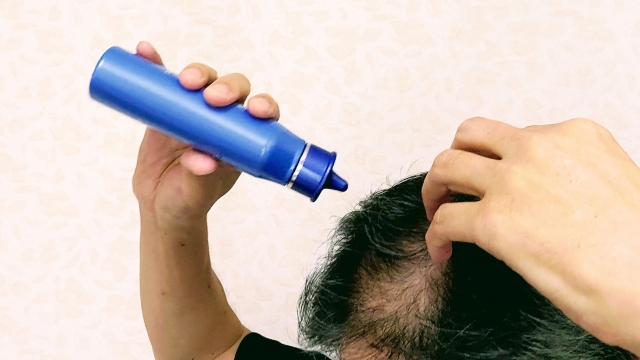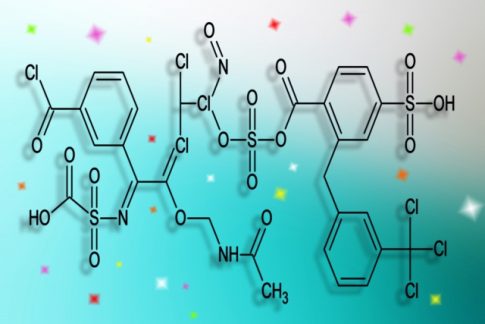
What Is AGA (Androgenetic Alopecia)?
AGA (Androgenetic Alopecia) is a progressive form of hair loss that primarily affects men. It is characterized by thinning hair starting from the hairline or crown of the head. AGA is common among adult men, typically developing in their 30s to 40s in Japan, though it can also occur in younger individuals.
The age of onset varies by individual, but AGA can start as early as the 20s. In general, symptoms tend to progress more rapidly in the 30s and beyond, with increasing prevalence as age advances into the 40s and 50s.
The main cause of AGA is DHT (dihydrotestosterone), a derivative of testosterone. When DHT binds to receptors in hair follicles, it shortens the hair growth cycle, causing hairs to become thinner and weaker over time—eventually leading to hair loss.
In addition to hormonal factors, lifestyle habits and stress may also influence the rate of progression.
Genetics play a major role in AGA. If you have a family history of AGA—especially if your father or maternal grandfather experienced hair loss—your likelihood of developing AGA is higher.
However, genetics is not the only factor. Environmental and lifestyle influences also play a part, and can impact the progression regardless of genetic predisposition.
The degree and pattern of AGA progression varies by person. Some experience rapid progression, while others have a slower, more gradual thinning of hair. The most common patterns are:
- M-shaped: Hair recedes from both sides of the forehead, forming an “M” shape.
- O-shaped: Thinning begins at the crown and spreads in a circular pattern.
- Mixed type: A combination of both M-shaped and O-shaped patterns.
Treatment Options

There are several treatment options available for AGA. Common treatments include:
Medication
- Finasteride (e.g., Propecia): Suppresses DHT production to slow hair loss.
- Dutasteride (e.g., Zagallo): Similar to finasteride but with stronger DHT suppression.
- Minoxidil (e.g., Rogaine, RiUP): A topical medication that improves blood circulation and stimulates hair regrowth.
Hair Transplant Surgery
A procedure that transplants the patient’s own healthy hair follicles to thinning areas, resulting in a natural appearance.
Low-Level Laser Therapy (LLLT)
Laser treatments aimed at stimulating scalp circulation and improving conditions for hair growth.
Lifestyle Modifications
Improving diet, managing stress, and engaging in regular exercise can help slow the progression of AGA and support overall scalp health.
Summary
AGA is a progressive form of hair loss primarily caused by male hormones and genetic factors. Starting treatment in the early stages can slow progression and promote regrowth. Because treatment response varies from person to person, it is important to consult with a medical professional to choose the most suitable approach for your condition.









